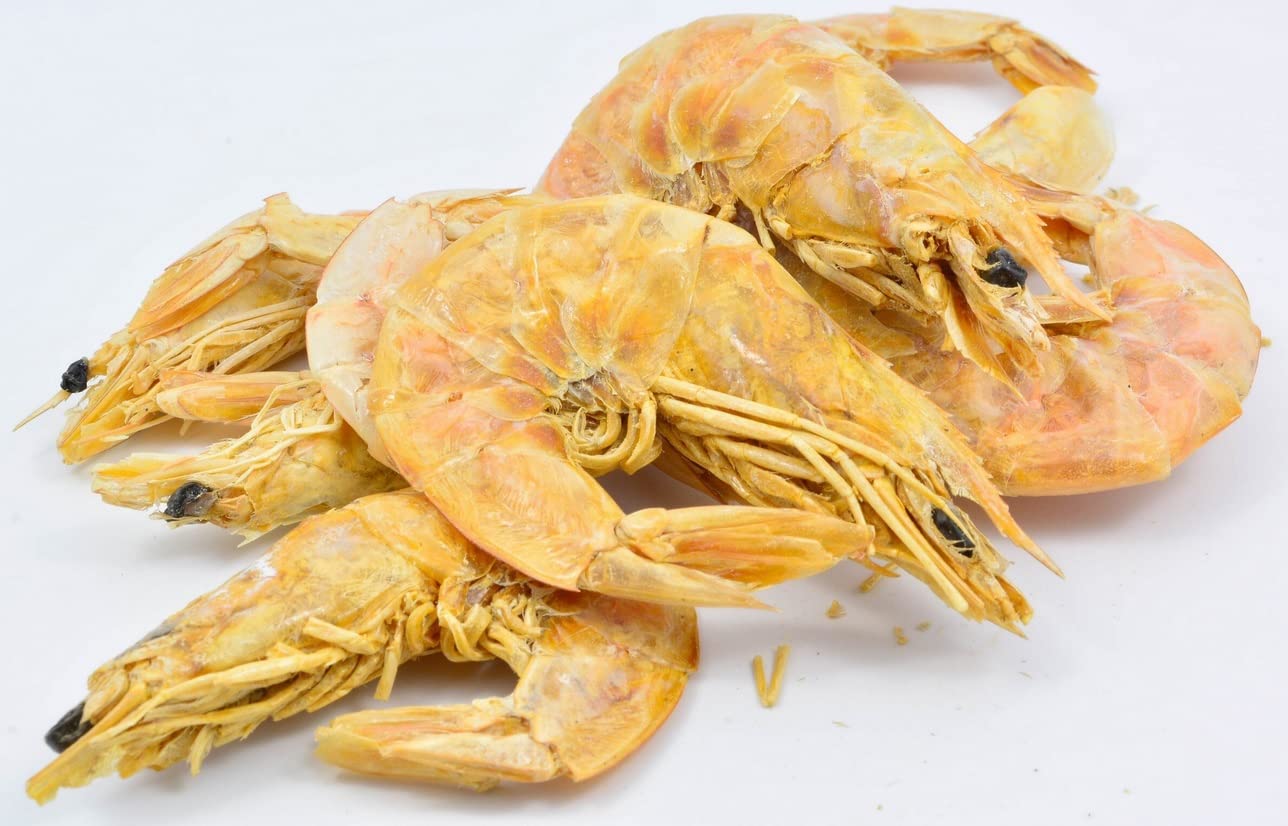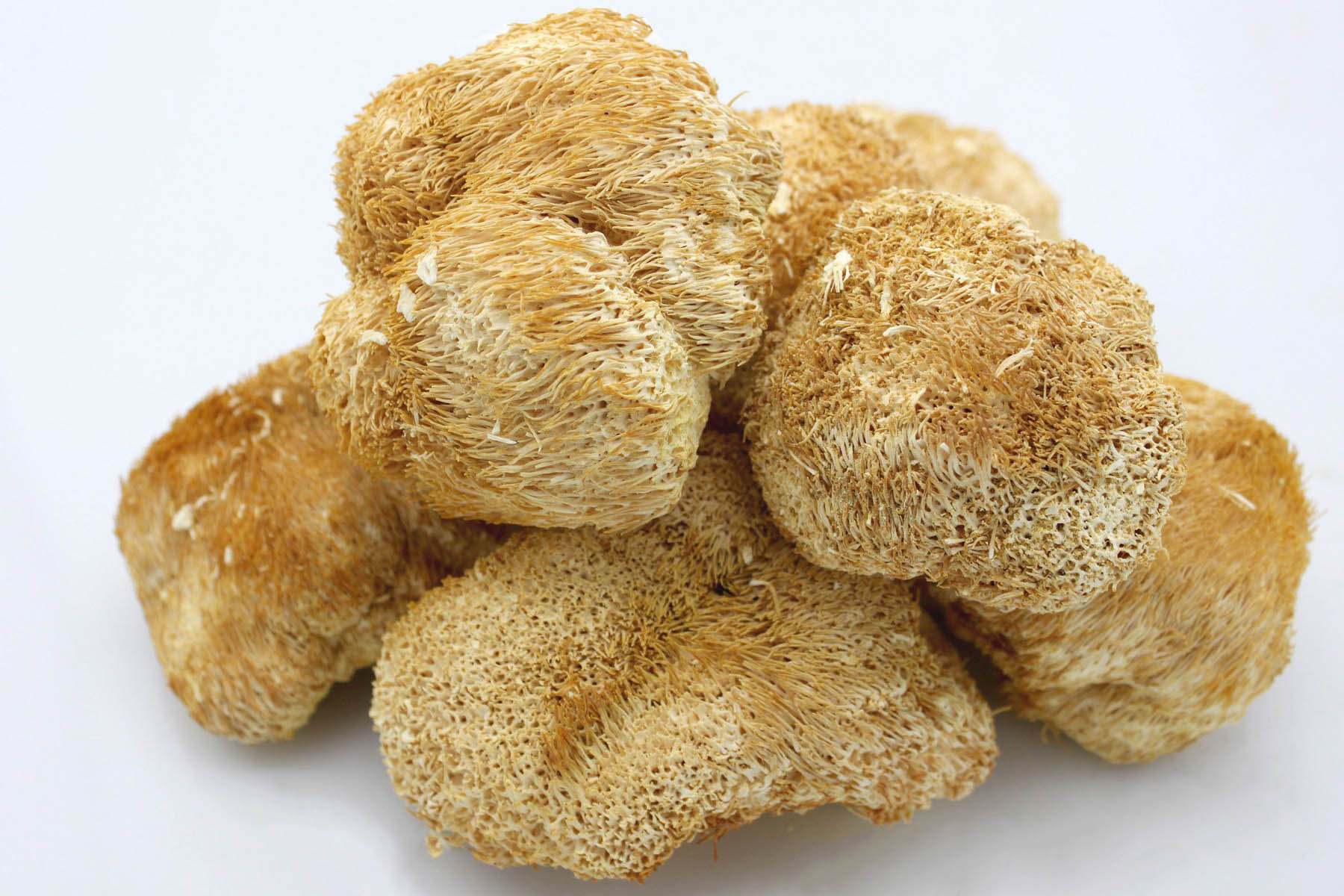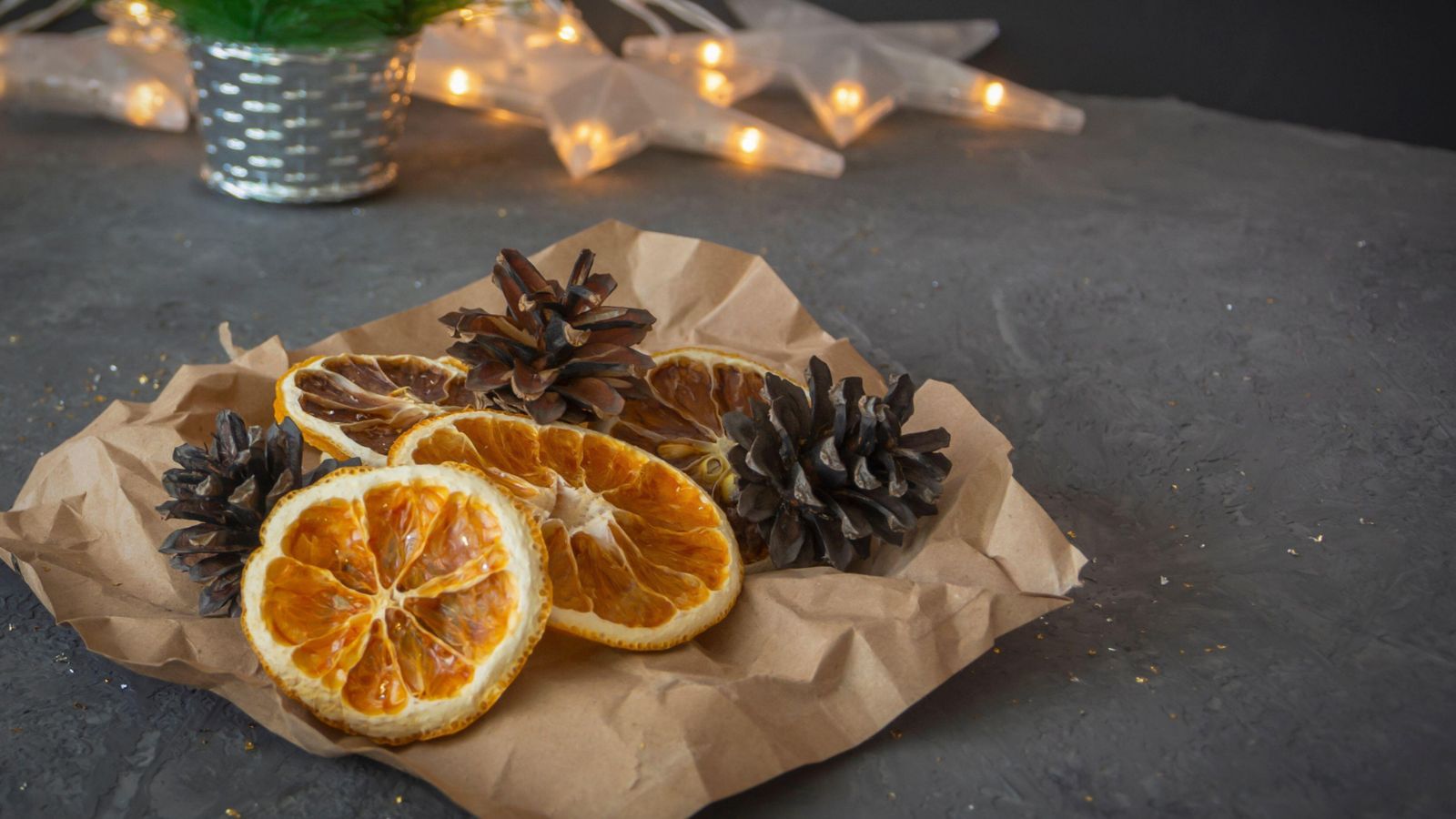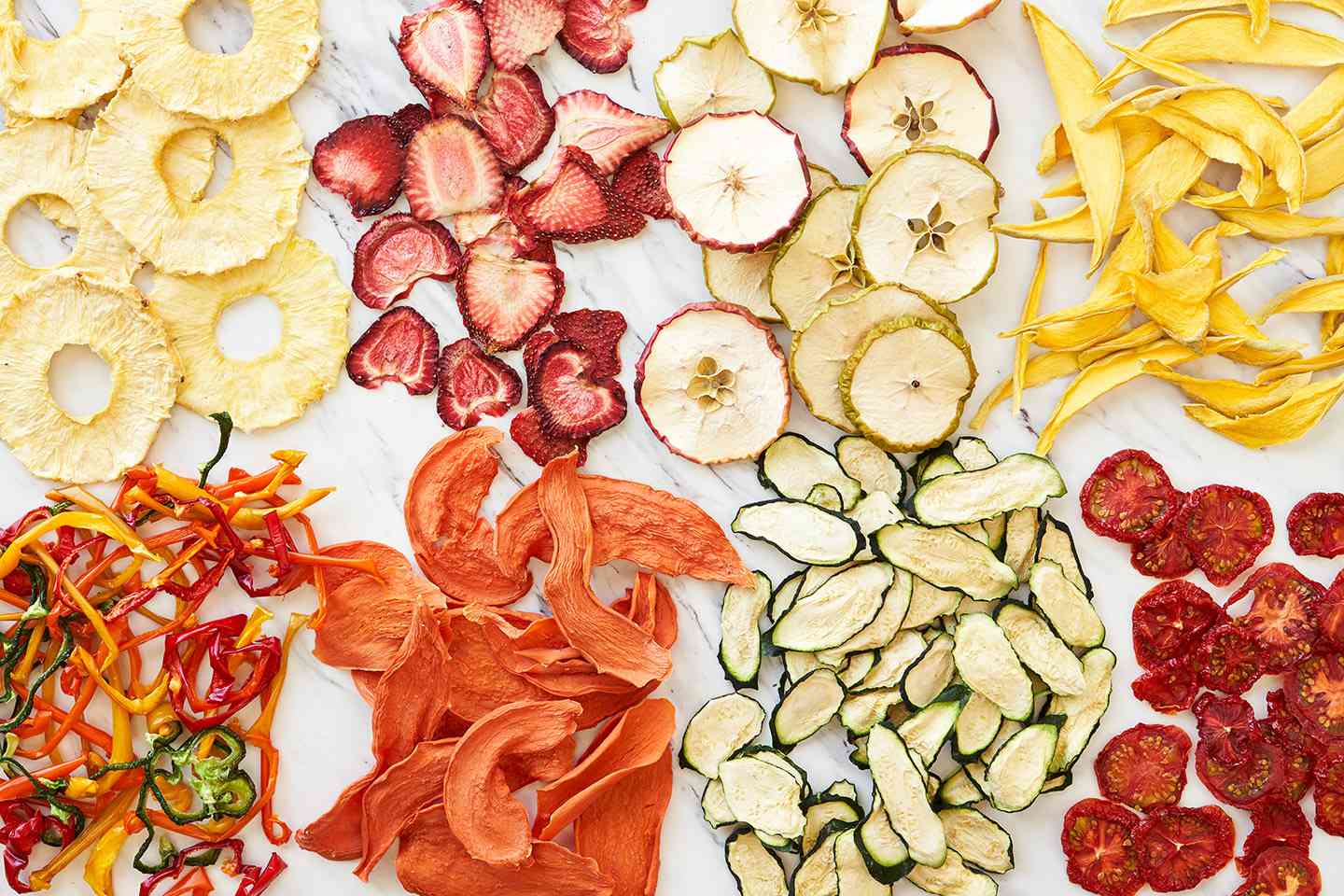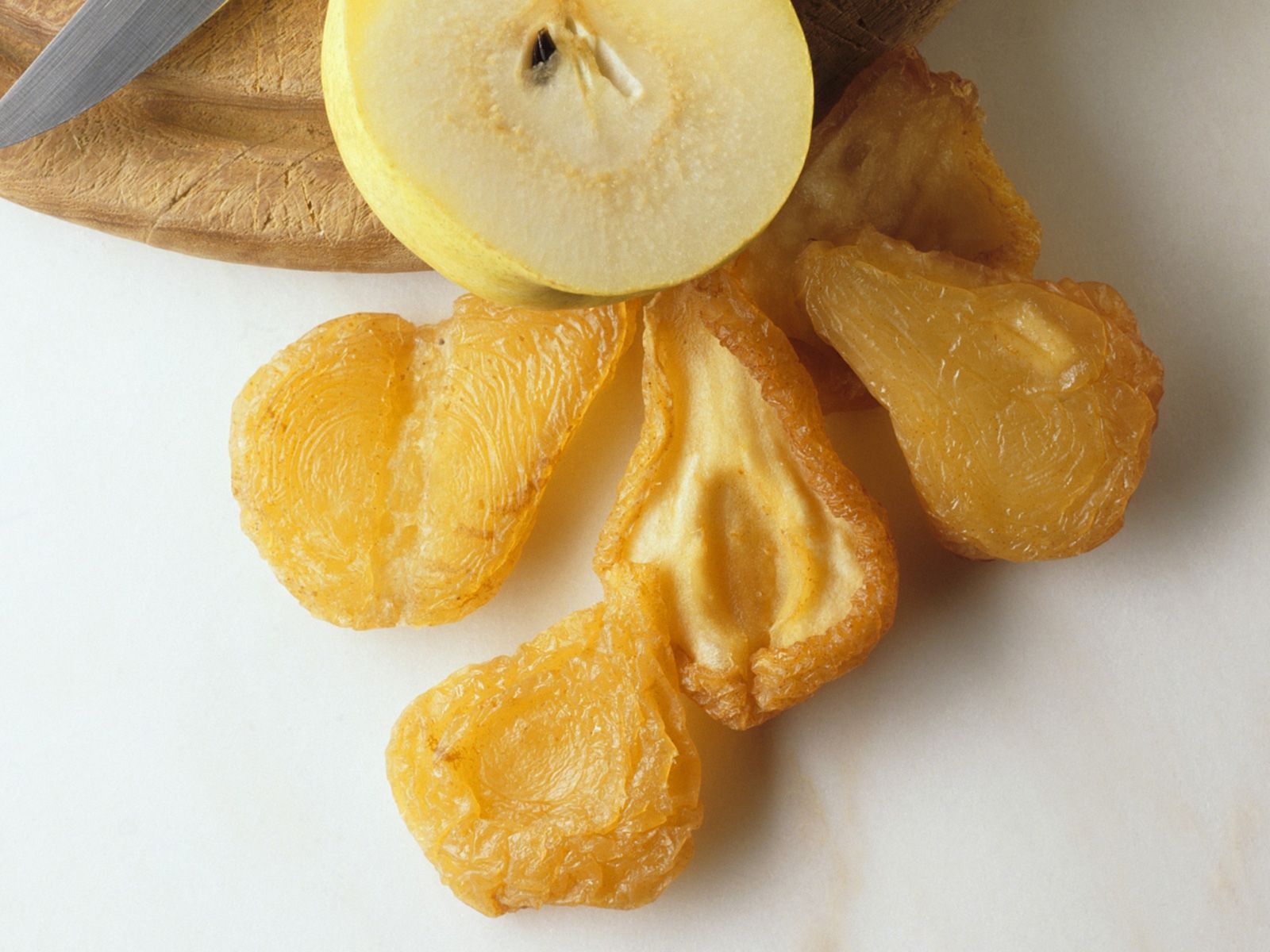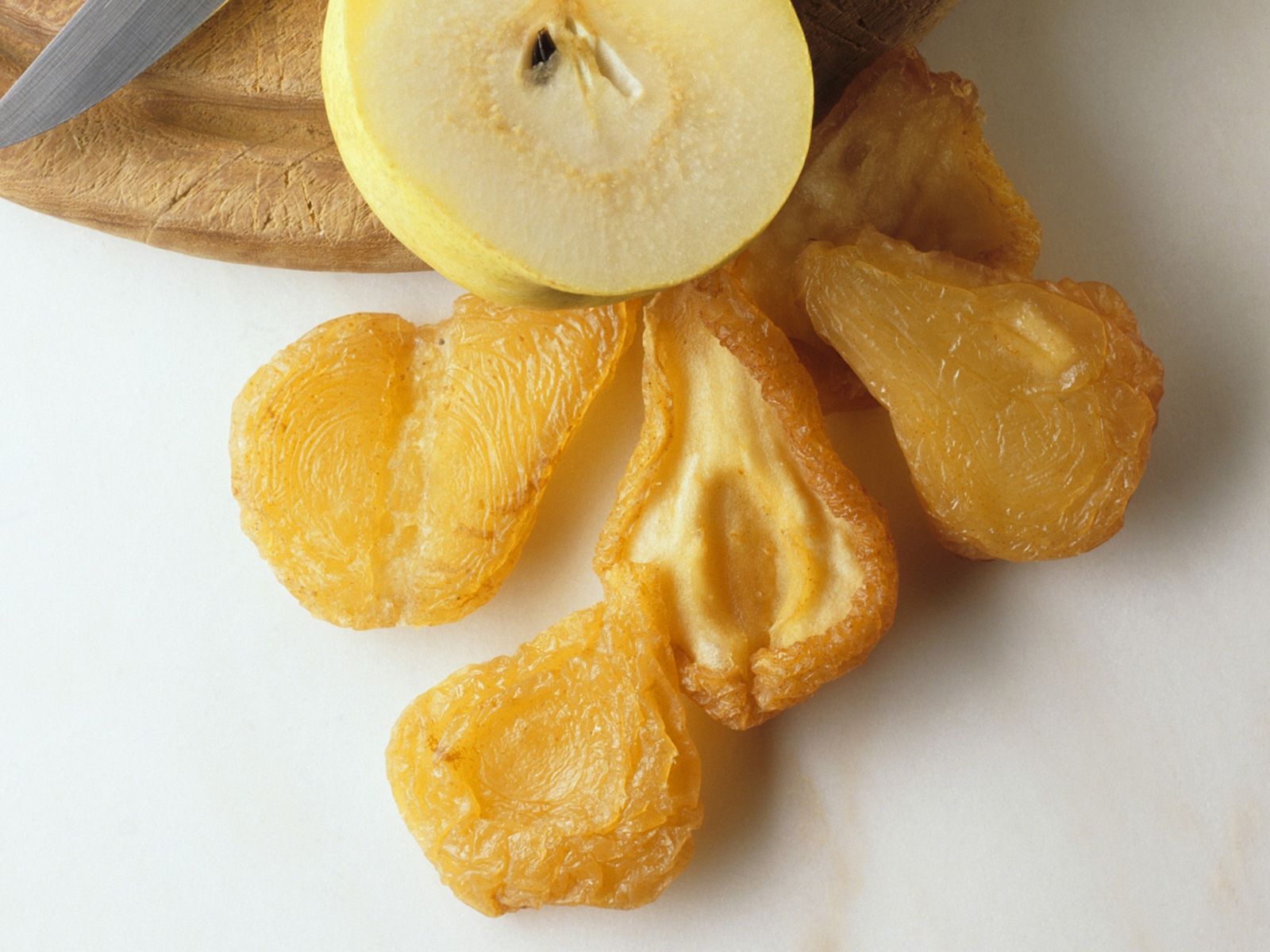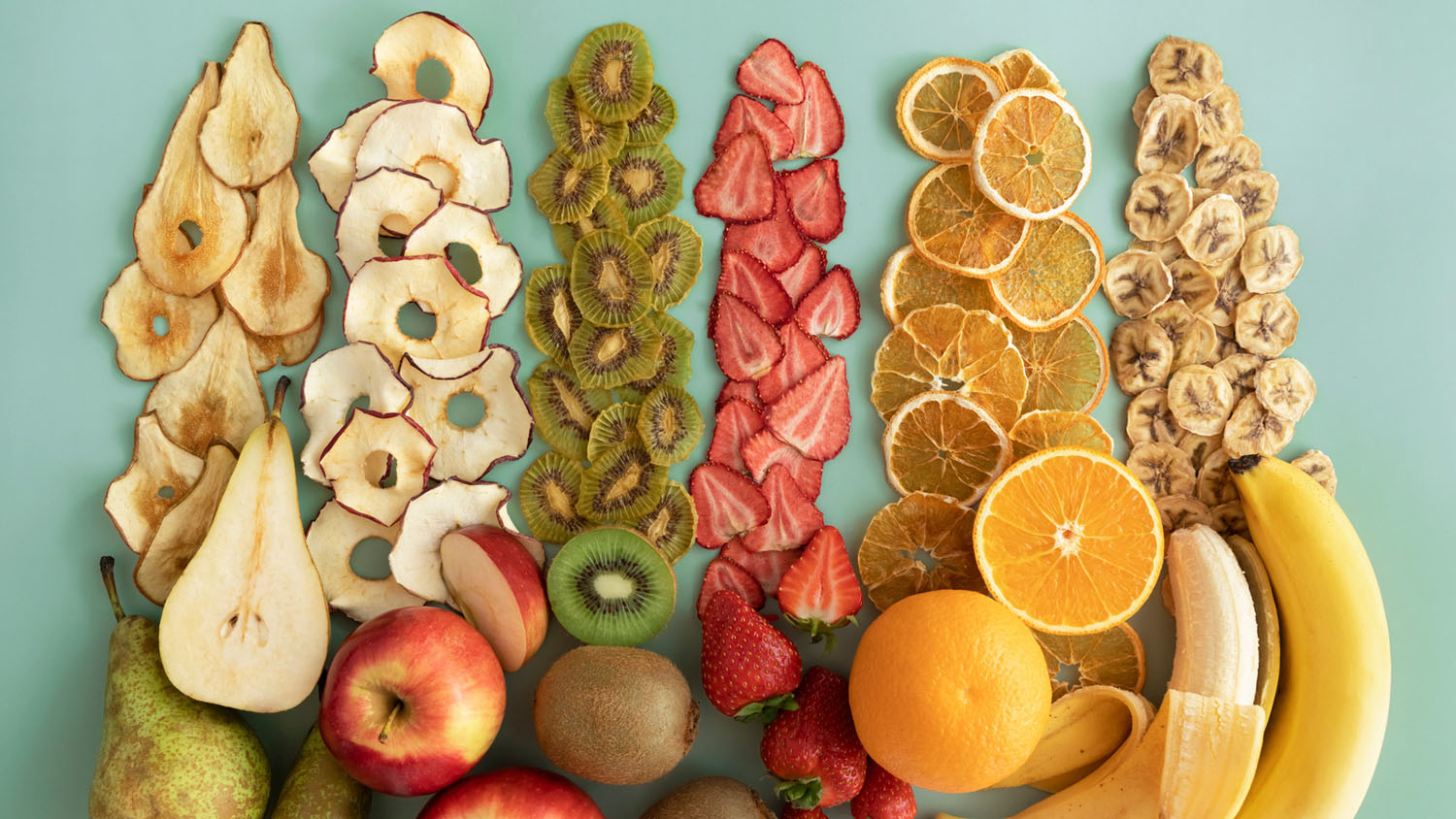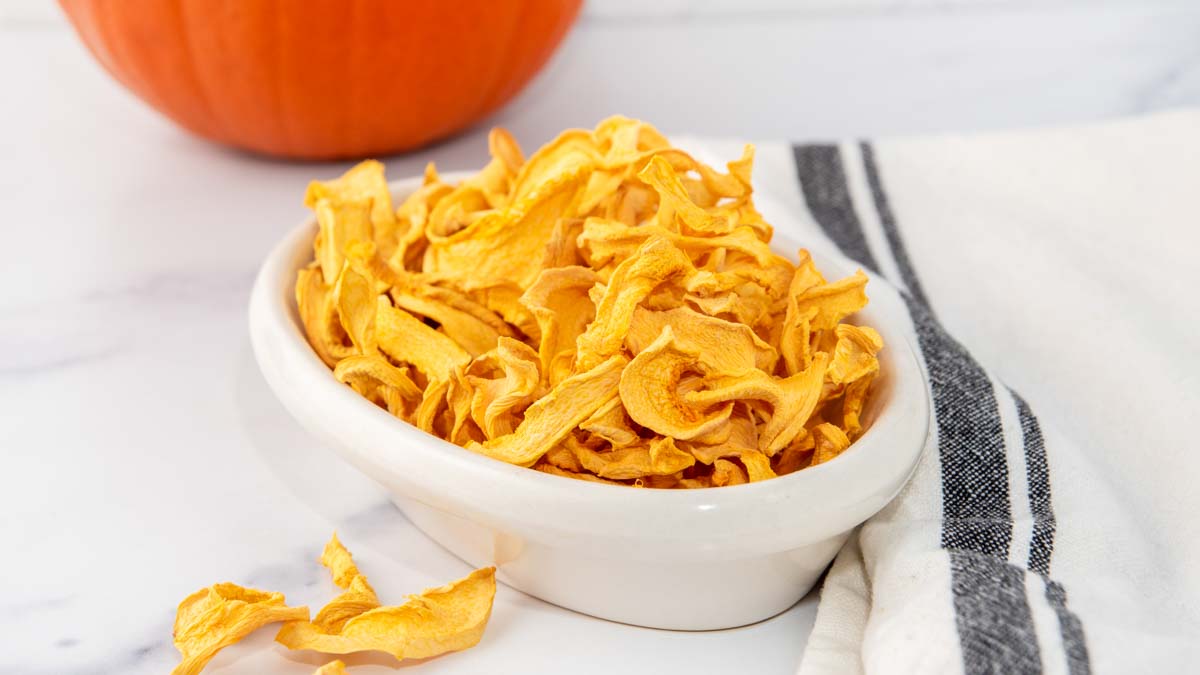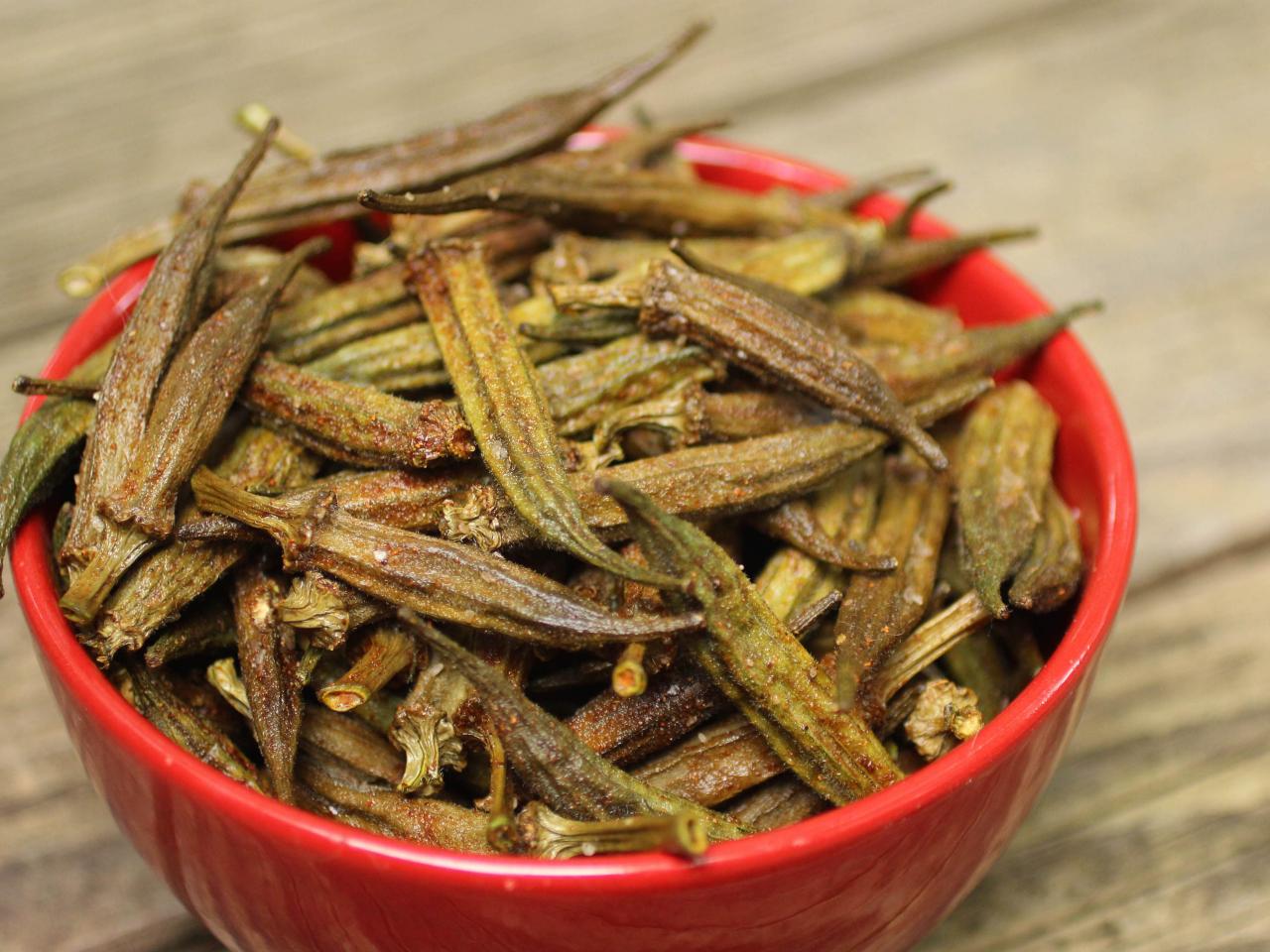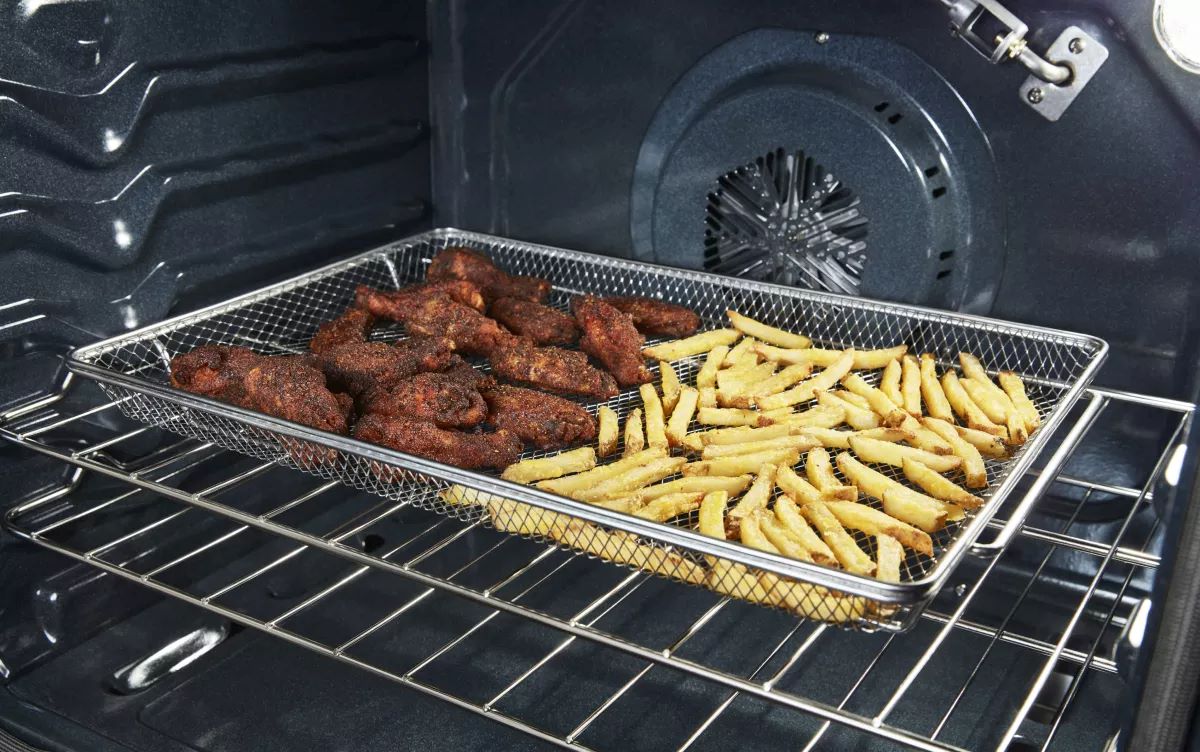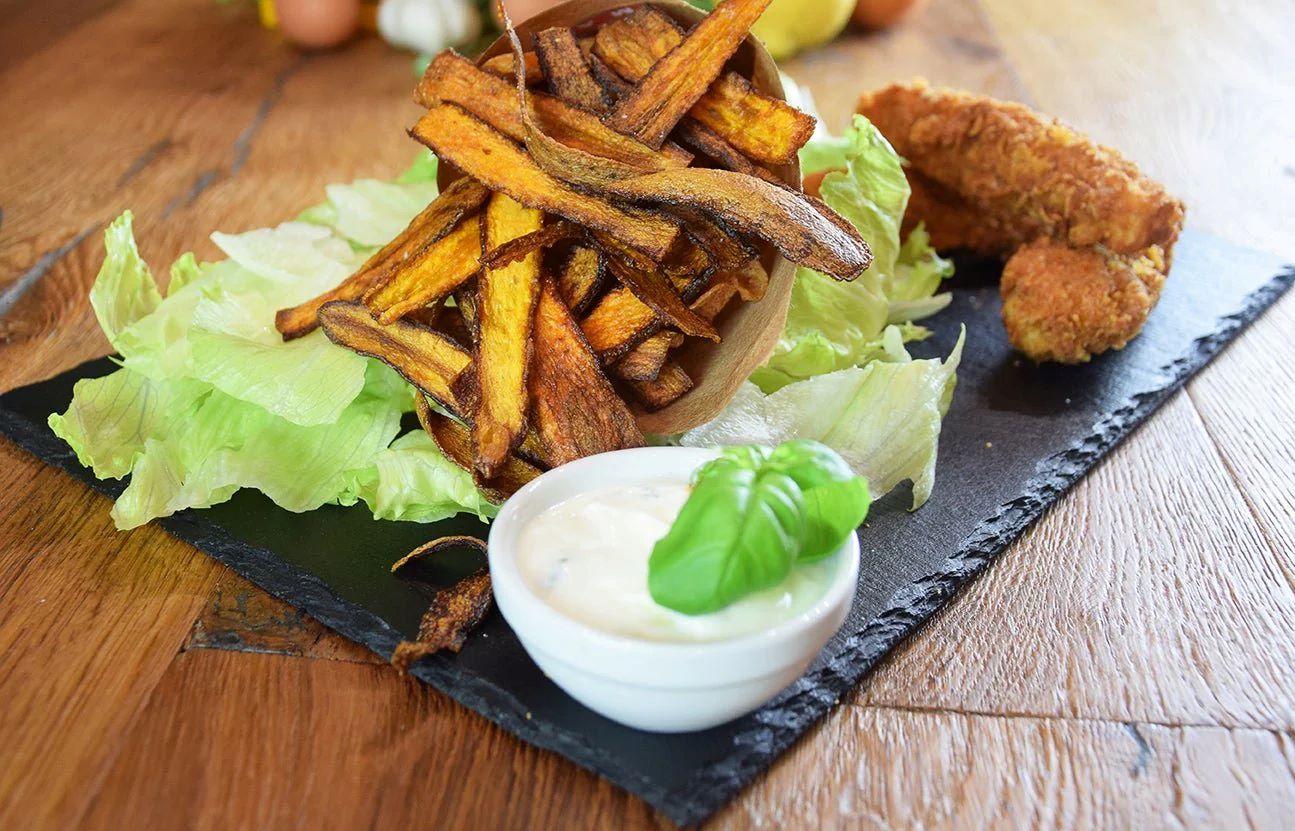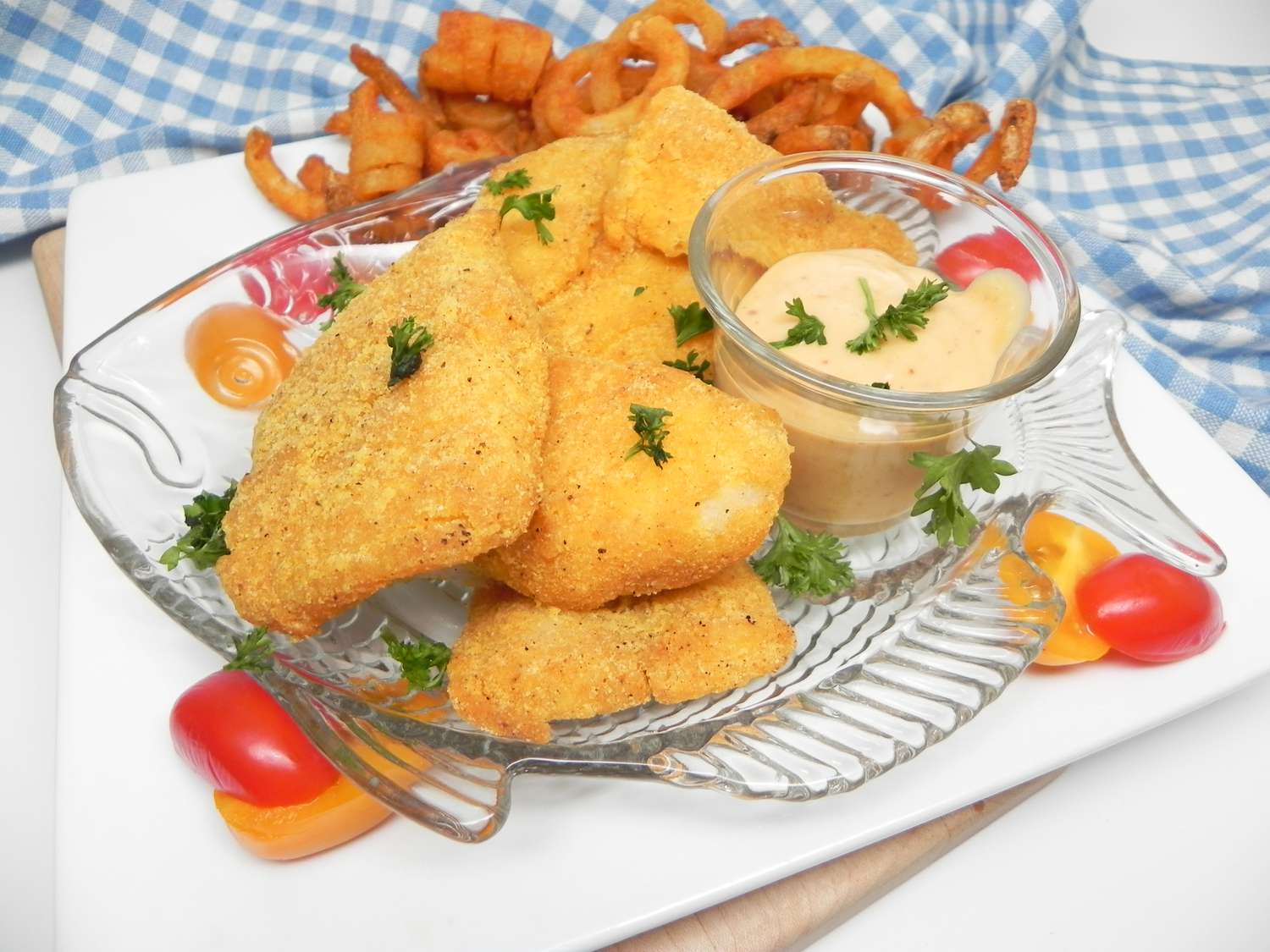Dehydrating Blackberries: A Delicious and Nutritious Snack
Blackberries are a delicious and nutritious fruit that can be enjoyed fresh or used in a variety of recipes. One great way to preserve the flavor and nutrients of blackberries is by dehydrating them. Dehydrated blackberries make for a convenient and tasty snack that can be enjoyed on the go or added to cereals, yogurt, and baked goods. In this article, we will explore the simple steps to dehydrate blackberries at home.
Why Dehydrate Blackberries?
Dehydrating blackberries is a great way to extend their shelf life and create a portable snack that can be enjoyed year-round. When blackberries are dehydrated, their water content is removed, leaving behind a concentrated burst of flavor and nutrients. Dehydrated blackberries are also a great source of fiber, vitamins, and antioxidants, making them a healthy snack option for both kids and adults.
Steps to Dehydrate Blackberries
Dehydrating blackberries at home is a simple process that requires minimal equipment. Follow these easy steps to create your own dehydrated blackberry snacks:
- Wash the Blackberries: Start by washing the blackberries thoroughly under running water to remove any dirt or debris.
- Remove Excess Water: Gently pat the blackberries dry with a clean kitchen towel or paper towels to remove excess moisture.
- Prepare the Dehydrator: If you have a food dehydrator, arrange the blackberries in a single layer on the dehydrator trays, leaving space between each berry to allow for proper air circulation. If you don’t have a dehydrator, you can use an oven set to its lowest temperature.
- Dehydrate the Blackberries: Set the dehydrator to a low temperature, around 135°F (57°C), and allow the blackberries to dehydrate for 8-12 hours. If using an oven, leave the door slightly ajar to allow moisture to escape and monitor the blackberries closely to prevent burning.
- Check for Dryness: After the recommended dehydrating time, check the blackberries for dryness. They should be leathery and slightly pliable but not sticky or moist.
- Store the Dehydrated Blackberries: Once the blackberries are fully dehydrated, allow them to cool completely before transferring them to airtight containers or resealable bags for storage. Store the dehydrated blackberries in a cool, dark place to maintain their quality.
Ways to Enjoy Dehydrated Blackberries
Once you have successfully dehydrated blackberries, there are countless ways to enjoy this delicious snack:
- Snack on them straight out of the container for a sweet and tangy treat.
- Add them to homemade trail mix for a burst of natural sweetness.
- Sprinkle them over oatmeal or cereal for added flavor and texture.
- Incorporate them into baked goods such as muffins, scones, and granola bars.
- Rehydrate them by soaking in water and use them in smoothies, jams, or sauces.
Final Thoughts
Dehydrating blackberries is a simple and rewarding process that allows you to enjoy this delicious fruit in a new and convenient way. Whether you’re looking for a healthy snack option or a versatile ingredient for your culinary creations, dehydrated blackberries are sure to delight your taste buds. So, next time you have an abundance of fresh blackberries, consider dehydrating them to enjoy their goodness all year long.
Happy dehydrating!
For anyone looking to make the best use of their dehydrated blackberries, there are several delightful recipes to try. The Dehydrated Blackberry Muffins are a great way to start your day with a burst of berry flavor. Dehydrated Blackberry Granola Bars make an excellent snack, perfect for on-the-go nourishment. For a hearty breakfast, consider Dehydrated Blackberry Oatmeal, which brings a fruity twist to a classic dish. On the sweeter side, Dehydrated Blackberry Cheesecake offers a decadent dessert option that is sure to impress. Finally, the Dehydrated Blackberry Tea Blend provides a unique and refreshing beverage experience. Each of these recipes highlights the versatile nature of dehydrated blackberries and showcases their ability to add depth and flavor to a variety of dishes.
Was this page helpful?
Read Next: How To Dehydrate Honey In Oven
